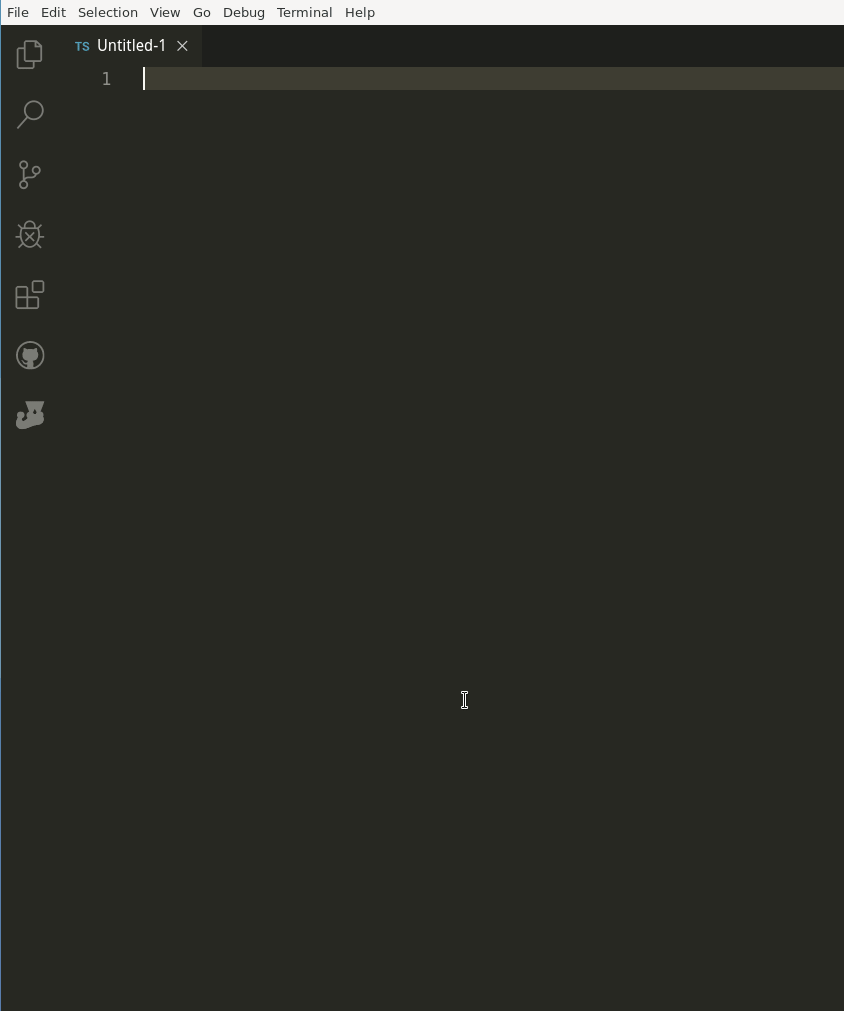A Visual Studio Code extension for the Actyx Pond framework including shortcuts to create fishes in seconds, export types and define commands and events from a high-level syntax.
This extension contributes four commands
Actyx: new fish: overwrite the current file with a new fish definitionActyx: export fish: export the fish definition in the index.ts with aliases.Actyx: create events: convert the selected events to an event definition and add it to theonEvent(...)functionActyx: create commands: convert the selected command to a command definition and add it to theonCommand(...)function
To access the shortcuts please press
ctrl + ⇧ + Pon a linux or windows and⌘+⇧+Pon a mac machine.
Open a new file and run the Actyx: new fish command or Alt + A followed by N. VS-Code opens a Popup and asks you for a fish name and try to overwrite the content of the active document. To avoid conversions, use a fish name like /[a-z_]/i
An event is the communication channel for the distributed system to share information between the edge nodes. To build on a type save infrastructure, some type definitions are required. To reduce typing effort, the definitions can be generated by selecting the definitions and run Actyx: create events or Alt + A followed by E.
The syntax:
// no parameters
eventName
// parameters
eventName(parameter: type)
eventName(parameter: type, para...)
eventName(
parameter: type,
para...
)
// nested parameter
eventName(
parameter: {
parameter: type,
param...,
}
)A command is the only way to communicate with the local fishes on your edge nodes. The definitions can be generated by selecting the definitions and run Actyx: create commands or Alt+A followed by C.
The syntax:
// no parameters
commandName
// parameters
commandName(parameter: type)
commandName(parameter: type, para...)
commandName(
parameter: type,
para...
)
// nested parameter
commandName(
parameter: {
parameter: type,
param...,
}
)In larger projects, it can come in handy to import your fishes and other definitions from a combined index.ts file. When you run the Actyx: export fish command, your current fish definition will be exported with an alias referring to your fish (e.g: WorkstationFish => WorkstationEvent, WorkstationEventType, ...) in the index.ts file next to the definition. We recommend, to define all your fishes in a dedicated fishes directory to reuse them everywhere in your project.
If you like to define all your fishes first or you already have some defined fishes, you can run the Actyx: export fish command in the index.ts file next to the definitions. This will generate the missing export sections for all fish definitions.
